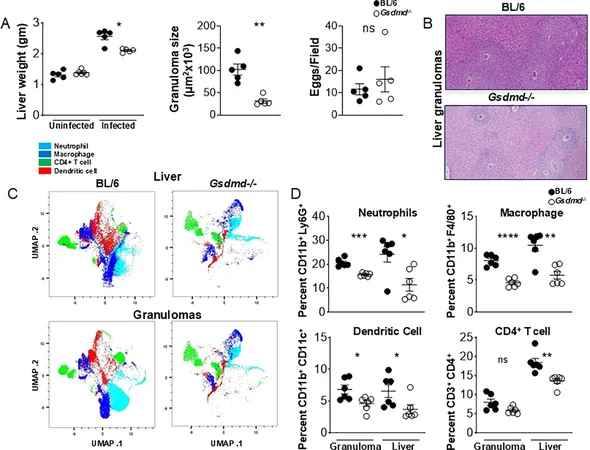
Breakthrough in Understanding Severe Schistosomiasis: Key Immune Proteins Identified
2025-04-16
Author: Jia
Revealing the Secrets Behind Severe Schistosomiasis
Researchers at Penn State have made groundbreaking discoveries about schistosomiasis, a debilitating disease that ranks second only to malaria in its potential to harm human health. This study sheds light on why some individuals suffer more severely from this parasitic infection.
How the Body Responds to Parasites
Using mouse models, the team investigated how the immune system reacts to the eggs of schistosome parasites. These eggs can infiltrate tissues and trigger intense immune responses. Their findings revealed that two proteins, NLRP3 and AIM2 inflammasomes, play a crucial role in these extreme inflammatory reactions.
Lead researcher Parisa Kalantari, an assistant professor of immunology, emphasized the study’s significance: "Although our findings are preliminary, they enhance our understanding of the immune response to schistosomiasis and could help identify targets for future treatments."
The Impact of Schistosomiasis
According to the World Health Organization, schistosomiasis predominantly affects populations in Africa, with infections occurring through contact with contaminated water. The focus of the study was on **Schistosoma mansoni**, known for causing intestinal issues, liver fibrosis, and, in severe cases, can lead to life-threatening complications such as gastrointestinal hemorrhage.
The Need for New Treatments
As a neglected tropical disease, schistosomiasis has historically received inadequate attention and funding. Kalantari highlighted the urgency of developing new treatments: "The primary drug, praziquantel, is effective against schistosomes but does not prevent reinfection. Furthermore, past vaccine candidates have fallen short of providing lasting protection. With high reinfection rates and the looming risk of drug resistance, innovative therapeutic options are essential."
Investigating Immune Responses
In their research, the team first stimulated dendritic cells from mice infected with schistosome eggs, measuring the cytokines—signaling proteins—produced. They also assessed inflammatory markers and immune responses in mice infected with **S. mansoni** seven weeks post-infection.
Key Discoveries Uncovered
The study not only pinpointed inflammasomes linked to severe disease but also identified the enzymes caspase-1 and caspase-8 as critical activators of these inflammasomes. These enzymes were responsible for triggering Gasdermin D, another protein that amplifies inflammation by releasing proinflammatory cytokines. Interestingly, mice lacking Gasdermin D displayed milder disease symptoms.
A Call for Future Research
Despite these advancements, researchers remain puzzled about which specific components of schistosomes activate NLRP3 and AIM2 inflammasomes. Future studies will be crucial in unraveling this mystery, paving the way for more effective treatments against this serious disease.


 Brasil (PT)
Brasil (PT)
 Canada (EN)
Canada (EN)
 Chile (ES)
Chile (ES)
 Česko (CS)
Česko (CS)
 대한민국 (KO)
대한민국 (KO)
 España (ES)
España (ES)
 France (FR)
France (FR)
 Hong Kong (EN)
Hong Kong (EN)
 Italia (IT)
Italia (IT)
 日本 (JA)
日本 (JA)
 Magyarország (HU)
Magyarország (HU)
 Norge (NO)
Norge (NO)
 Polska (PL)
Polska (PL)
 Schweiz (DE)
Schweiz (DE)
 Singapore (EN)
Singapore (EN)
 Sverige (SV)
Sverige (SV)
 Suomi (FI)
Suomi (FI)
 Türkiye (TR)
Türkiye (TR)
 الإمارات العربية المتحدة (AR)
الإمارات العربية المتحدة (AR)